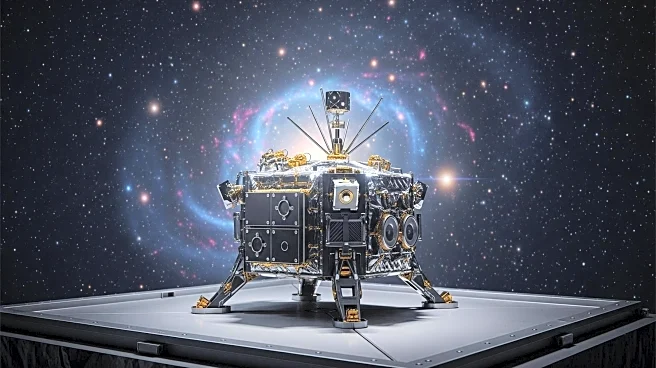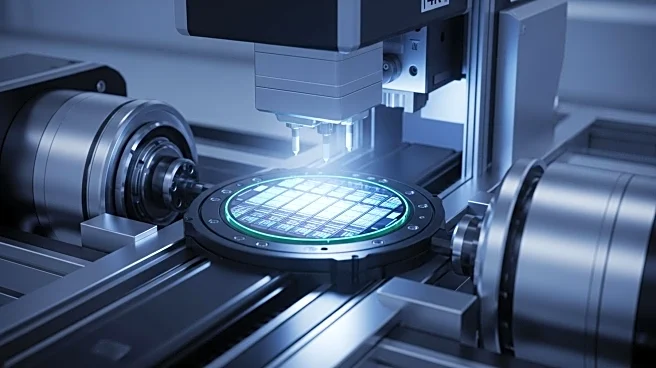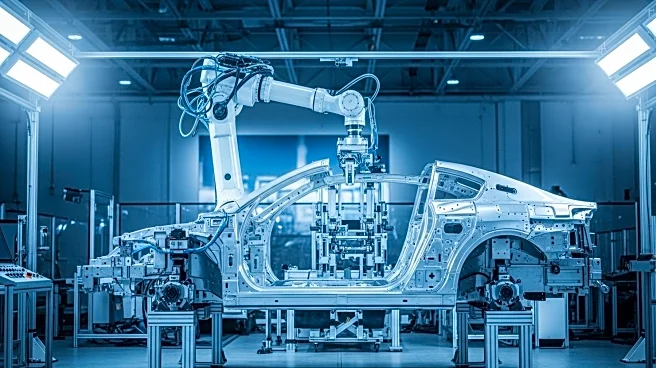What's Happening?
Moog Inc., a global leader in precision motion and fluid controls, has announced the groundbreaking of a new clean room in Niagara Falls. This facility aims to support the increasing demand for satellite and missile propulsion components. The construction will expand clean room capacity by over 80%, enhancing Moog's ability to produce monopropellant, bipropellant, green, and multimode propulsion solutions. These solutions are crucial for satellite constellations, Earth observation missions, national security satellites, launch vehicles, and missiles. The new clean room will operate on a multi-shift basis, increasing production efficiency and reducing lead times for key technologies, including Moog's MONARC monopropellant engine line. The expansion has also led to the creation of numerous new roles in Operations and Engineering, underscoring Moog's commitment to innovation and operational excellence.
Why It's Important?
The expansion of Moog's clean room facilities is significant for the U.S. space and defense industries. By increasing production capacity and efficiency, Moog is better positioned to meet the growing demand for advanced propulsion systems. This development supports national security initiatives and enhances the capabilities of U.S. space exploration efforts. The creation of new jobs in Niagara Falls also contributes to local economic growth. Moog's investment in this facility reflects its ongoing commitment to providing high-performance solutions that empower customers to push the boundaries of space exploration and advance national security.
What's Next?
Construction of the new clean room is scheduled to be completed by summer 2026. Once operational, the facility will further strengthen Moog's unique capabilities, including its in-house high-altitude hot fire test chambers. This expansion is expected to enhance Moog's ability to support missions to every planet in the solar system, continuing its legacy of innovation and reliability. Stakeholders in the space and defense sectors will likely monitor the progress of this project closely, as it promises to deliver critical advancements in propulsion technology.










